Designing a space that truly feels like home is a rewarding journey, but even the most seasoned decorators can stumble into common pitfalls. Whether you’re just starting to explore your creative potential or have years of experience under your belt, understanding these frequent missteps can save you time, money, and frustration. By becoming aware of these subtle design blunders, you can transform your living spaces into stunning showcases of your personal style.
Even a small oversight in design can shift the feel of an entire room, leaving it less functional or inviting than you intended. In this article, we’ll explore eight simple interior design mistakes that even the most enthusiastic home decorators occasionally make. From the nuances of lighting choices to the art of proper furniture placement, we’ll guide you through practical solutions that elevate your decor game. Consider this your trusted roadmap to avoiding design missteps and crafting spaces that not only look beautiful but feel harmonious and welcoming.
Neglecting Wall Color Variations
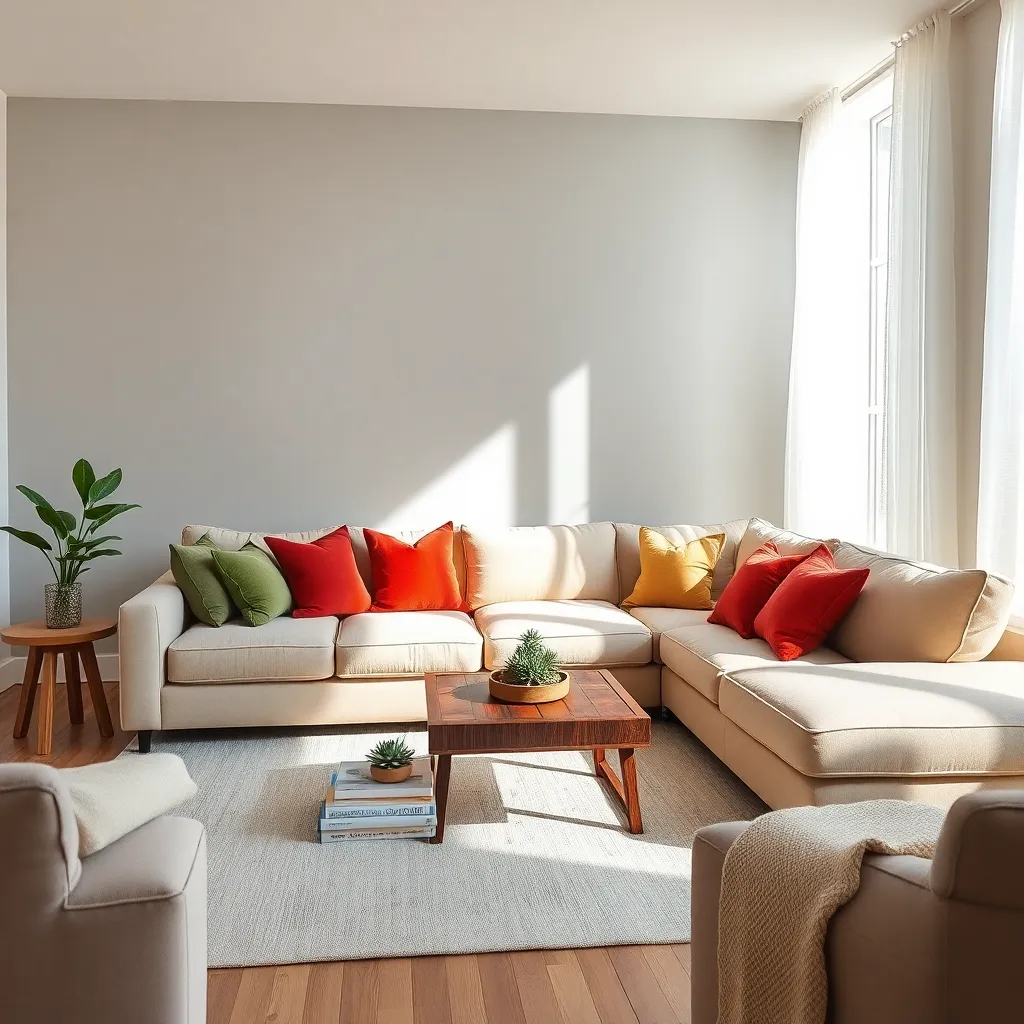
Choosing a single wall color might seem straightforward, but it can lead to a monotonous space if not done thoughtfully. Consider incorporating multiple shades of the same color or complementary hues to add depth and interest to your rooms.
Experiment with accent walls to create a focal point in your space. Select a bold color for the accent wall, and balance it with neutral tones on the surrounding walls to keep the room cohesive yet dynamic.
For a more advanced approach, use color blocking to define different areas within a room. This technique involves painting sections of the wall in different colors, which can help in visually segmenting open-plan spaces or highlighting architectural features.
Always test your chosen colors at different times of the day to see how natural and artificial light affect them. This step is crucial, as the same color can look drastically different under various lighting conditions, impacting the overall feel of your home.
Forgetting Functional Room Layouts
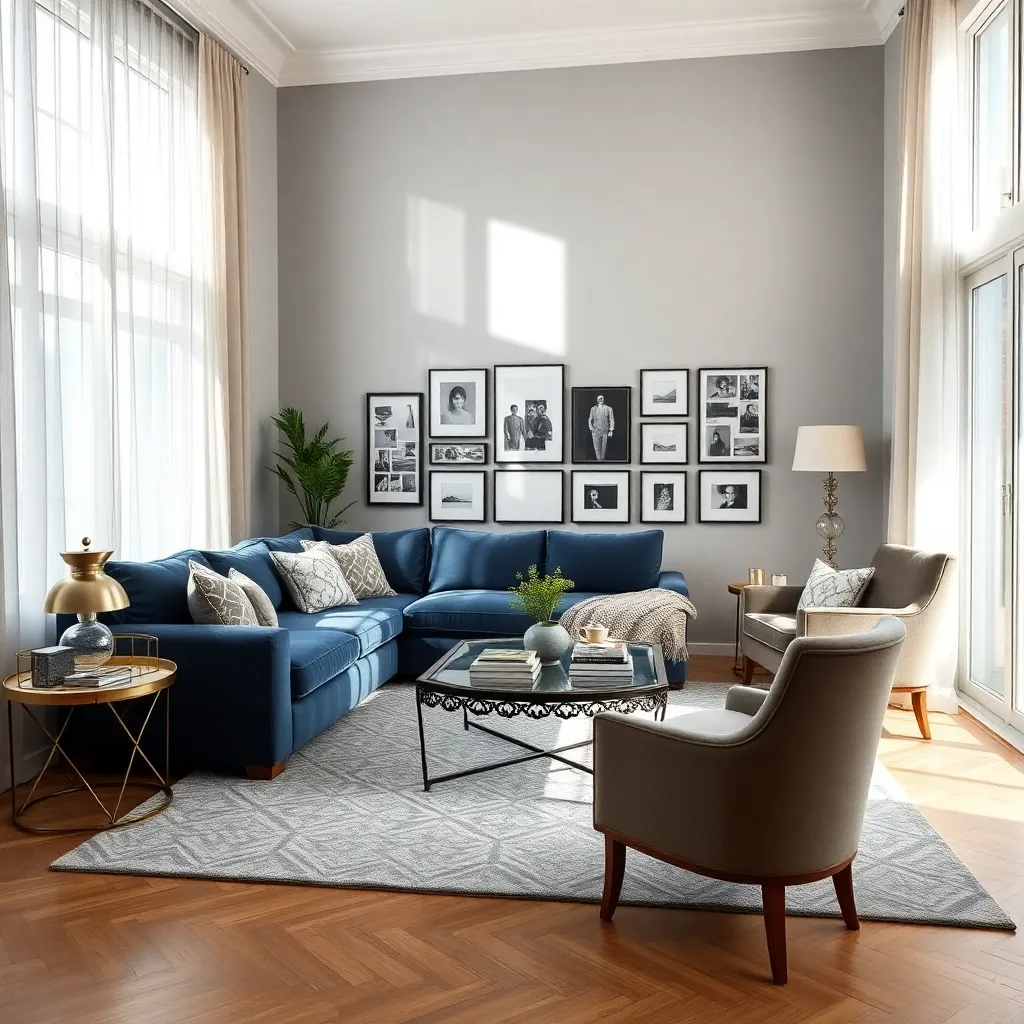
Many home decorators overlook the importance of functional room layouts, focusing instead on aesthetics alone. Prioritizing functionality ensures that your space not only looks good but also serves its purpose effectively. For beginners, start by considering the main activities that will take place in the room and arrange furniture to facilitate these activities. For example, in a living room, position seating to encourage conversation and ensure easy access to seating areas.
Always measure your space before purchasing furniture to avoid overcrowding or awkward gaps. Use a tape measure to record dimensions and create a floor plan, either on paper or digitally, to experiment with different layouts. Consider pathways and flow; ensure there’s ample space for movement by maintaining clear walkways of at least 3 feet wide. This is especially important in high-traffic areas like the kitchen or dining room.
Advanced decorators can use zoning techniques to create distinct areas within a room without physical barriers. Employ rugs, lighting, and furniture arrangements to define different zones, such as a reading nook or a dining area. Select color schemes that harmonize across these zones to maintain visual cohesion while subtly distinguishing them. Mixing and matching furniture styles can also add depth and interest; consider pairing a modern sofa with a vintage coffee table for a unique look.
Lighting plays a crucial role in functional layouts, affecting both mood and practicality. Layer different types of lighting—ambient, task, and accent—to enhance the room’s usability at various times of day. For instance, use pendant lights over a dining table to focus light where it’s needed, while adding floor lamps near reading chairs for targeted illumination. Mirrors are another versatile tool; strategically placed, they can reflect light and create an illusion of more space, making even the smallest rooms feel larger and more inviting.
Ignoring Natural Light Sources
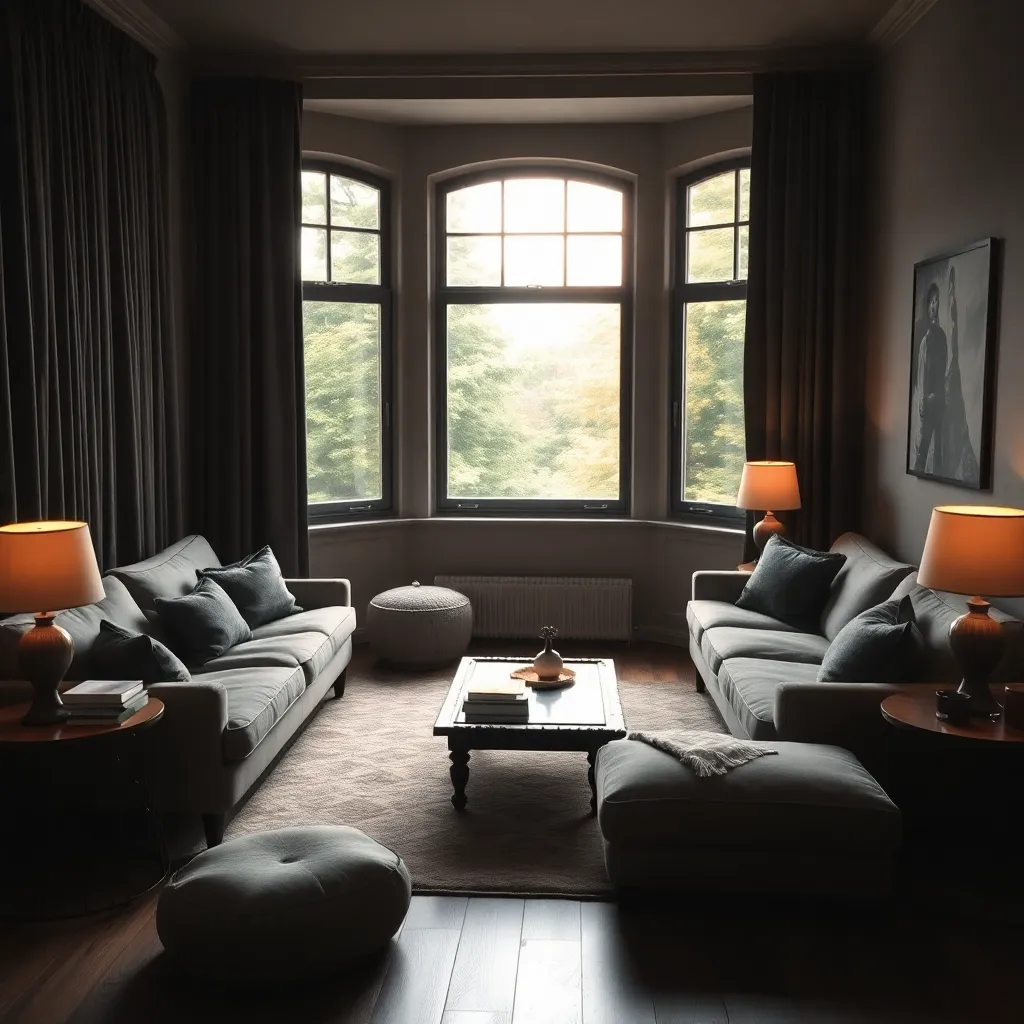
Often overlooked, natural light is one of the most essential elements in interior design. Utilizing natural light effectively can transform a space, making it feel more open and inviting.
Start by assessing the light sources in each room to maximize their potential. Place mirrors strategically to reflect light throughout the space, creating the illusion of a larger room.
When selecting window treatments, opt for light, airy fabrics that allow light to filter through. Consider sheer curtains or blinds that can be adjusted to control the amount of sunlight entering the room.
For those wanting to enhance their space further, advanced tips include choosing a light color palette to amplify brightness. White or pastel-colored walls can help bounce light around the room, enhancing the natural illumination.
Overcrowding with Excess Accessories

While accessories are vital in personalizing a space, it’s easy to fall into the trap of overcrowding. Less is often more when it comes to decor, and a curated selection can enhance rather than overwhelm. Consider grouping accessories by type or color to maintain a cohesive look. For instance, choose a color palette of two to three hues and stick to it to ensure harmony.
To avoid clutter, focus on statement pieces that hold personal or aesthetic value. A single, large piece of artwork or a bold vase can anchor a room and draw the eye, eliminating the need for numerous smaller items. Balance is key; if you have a busy wall with artwork, keep surrounding surfaces simpler to provide visual rest.
For a more advanced approach, play with textures and scales to create interest without chaos. Mixing materials like metal, wood, and glass can add depth, but ensure they complement your existing furniture and color scheme. Varying the height and scale of accessories, such as pairing a tall lamp with a low bowl, can create dynamic visual interest without overcrowding.
Use strategic placement to highlight your favorite pieces rather than scattering them randomly. Grouping items in odd numbers, like threes or fives, can create natural focal points and make arrangements feel intentional. Ensure each piece has space to breathe by leaving gaps between items, which helps maintain an open and inviting environment.
Mismatching Furniture Styles
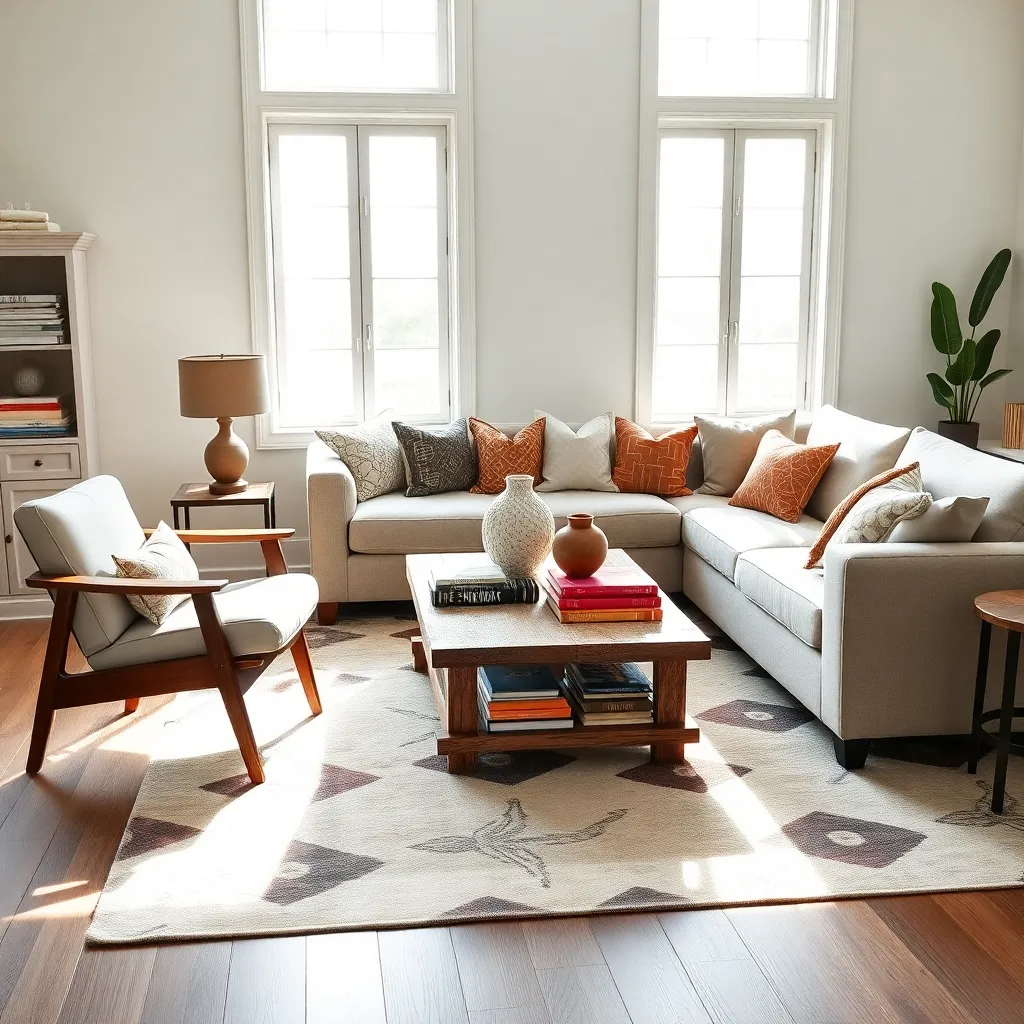
Combining different furniture styles can create a dynamic and interesting space, but it requires a coherent vision to avoid a mismatched look. Start by selecting a unifying element, such as a color scheme or material, that can tie disparate styles together. This approach ensures a sense of harmony even when different eras or aesthetics are involved.
To seamlessly blend furniture styles, think about contrast and balance. For instance, if you have a modern sofa, consider pairing it with a vintage coffee table to create an intriguing focal point. Balance is crucial; ensure that no single piece overwhelms the others by maintaining proportionate sizes and complementary forms.
Color can be a powerful tool in blending styles effectively. Choose a few key colors and repeat them across different pieces, such as using cushions or throws to bring out the same tones in differing furniture styles. Neutral palettes like whites, grays, or beiges can act as a canvas, allowing you to introduce bold or textured pieces without clashing.
Finally, pay attention to textures and materials when mixing furniture styles. Incorporating a variety of textures like wood, metal, and fabric can add depth and interest to the space. Layering textures not only provides visual appeal but also enhances the tactile experience, making the room feel inviting and well-considered.
Disregarding Ceiling Height Impacts
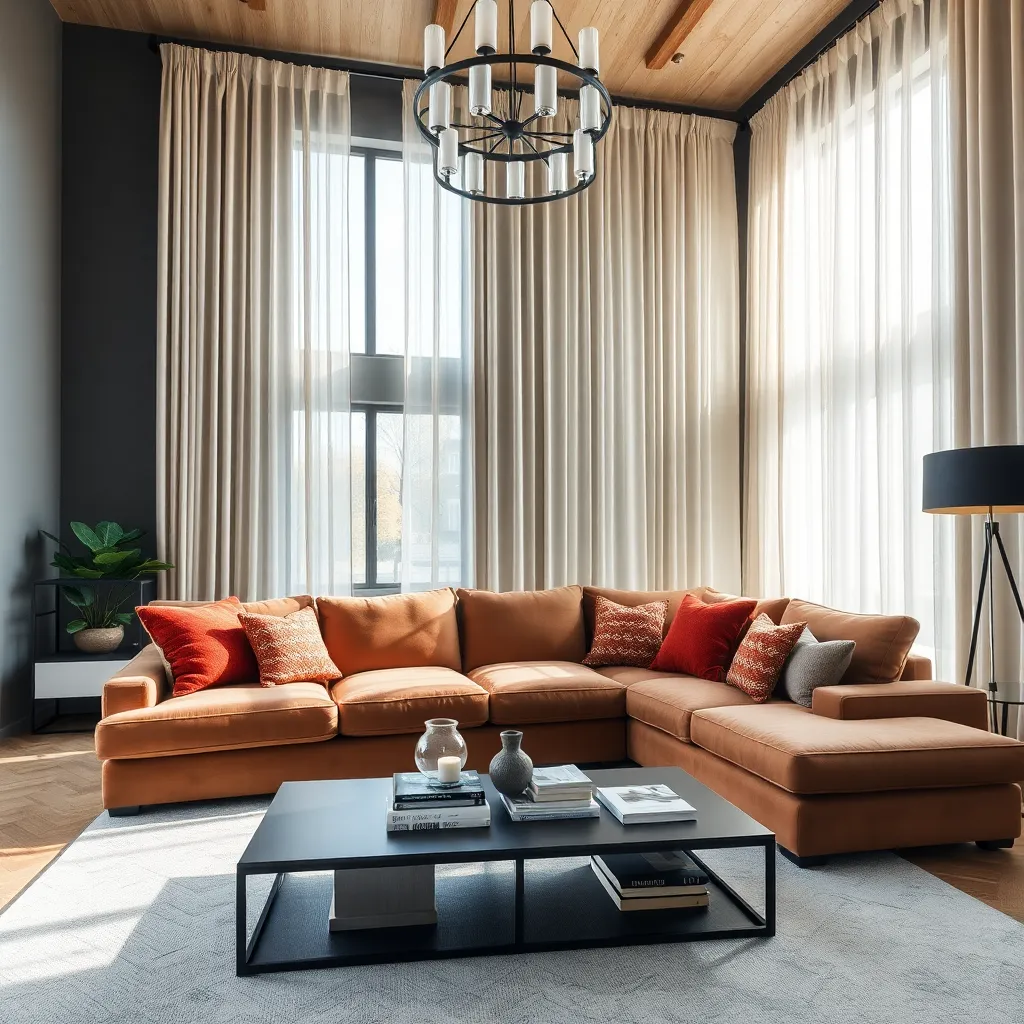
Ceiling height is often overlooked, yet it plays a crucial role in the overall feel of a room. Failing to consider this can make spaces feel awkward or cramped, regardless of their actual size. Beginners should start by measuring their ceiling height before making any decisions on furnishings and decor. For rooms with low ceilings, opt for lower-profile furniture to create the illusion of more space.
Utilizing vertical space effectively can transform how a room feels. In spaces with high ceilings, installing tall bookcases or hanging long curtains can draw the eye upward, enhancing the room’s grandeur. For a more advanced approach, consider using vertical stripes or tall mirrors to elongate the walls visually. These techniques can make even the smallest room feel more expansive and airy.
Color and lighting choices are also essential when dealing with ceiling height. Light-colored ceilings can make a room feel taller, while strategic lighting can add depth and dimension. Avoid using dark colors on ceilings unless you’re intentionally creating a more intimate atmosphere. Layered lighting, such as a combination of floor lamps and wall sconces, can help balance the space, making it feel neither too cavernous nor too confined.
Advanced decorators might experiment with architectural elements to emphasize ceiling height. Adding crown molding or ceiling beams can make a ceiling appear higher if done correctly. However, it’s crucial to balance these elements with the room’s style and scale. With a thoughtful approach, you can enhance the overall aesthetics and comfort of any room by simply respecting and utilizing its ceiling height.
Skipping Window Treatment Importance
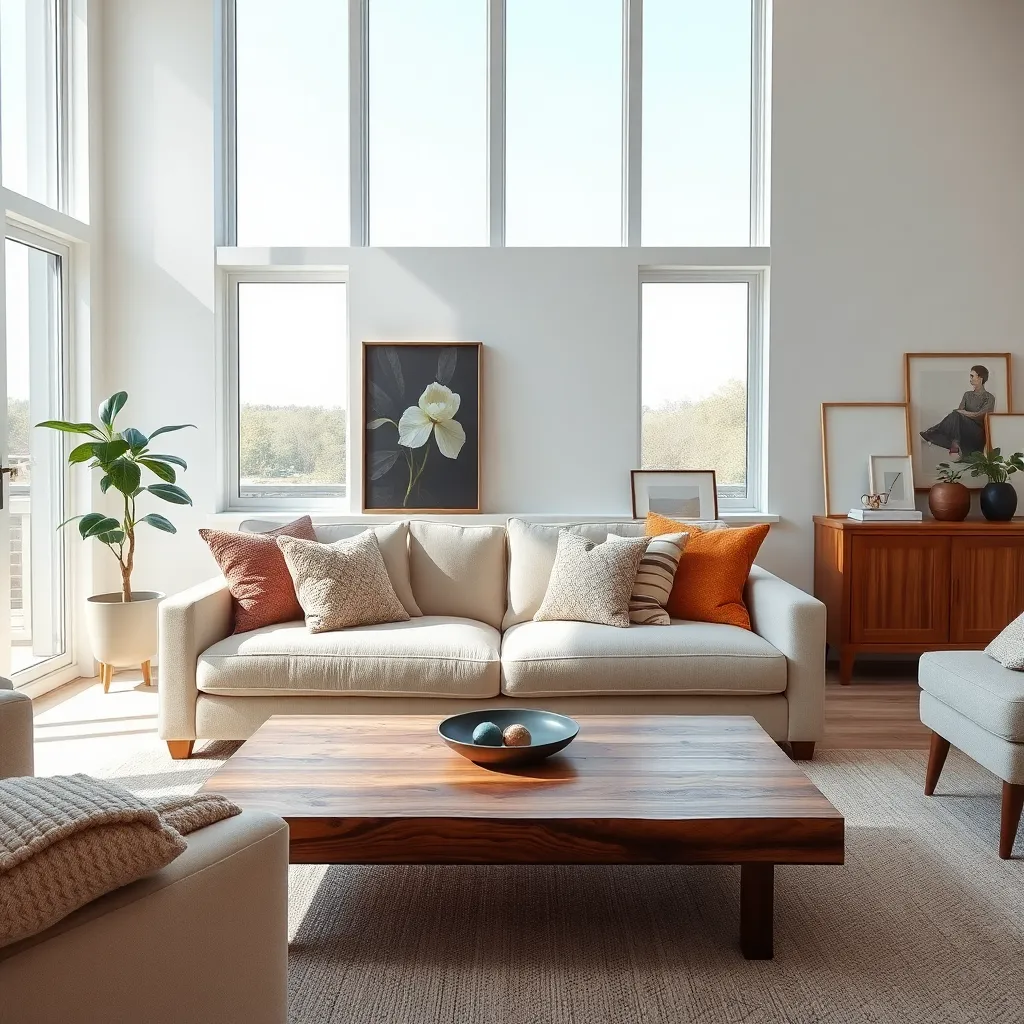
Neglecting window treatments can dramatically skew the balance of a room, affecting both aesthetics and functionality. Curtains, blinds, or shades are not just decorative; they regulate light, provide privacy, and enhance the room’s overall look.
For beginners, selecting the right window treatment starts with understanding the room’s purpose. In a bedroom, for example, opt for blackout curtains to ensure restful sleep, while in a living room, sheer curtains can provide a soft, diffused light.
Experienced decorators might consider layering window treatments to add depth and flexibility. Combining blinds with floor-to-ceiling drapes can create an elegant, polished look while allowing you to control light levels throughout the day.
When choosing materials, consider both aesthetics and practicality. Natural materials like linen or cotton bring a cozy, casual feel, whereas silk or velvet can introduce a touch of luxury. Always ensure your window treatments complement the room’s color scheme; neutral tones are versatile, while bold hues can make a statement.
Underestimating Rug Size Choices
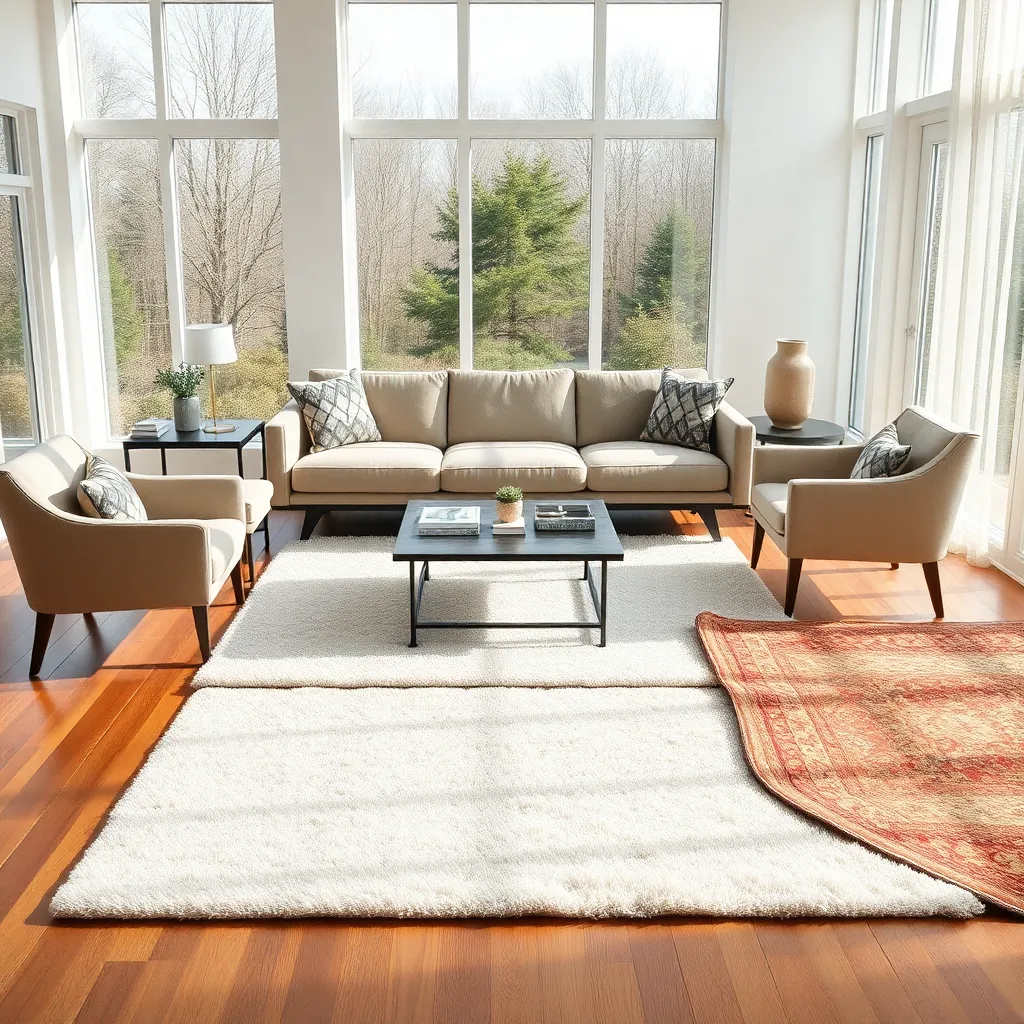
Choosing the right rug size can dramatically change the feel of a room, yet it’s a common area where many decorators make mistakes. A rug that’s too small can make a space feel disjointed, while a correctly sized rug ties everything together beautifully. For living rooms, aim for a rug that allows at least the front legs of your furniture to rest on it, creating a cohesive look.
In dining areas, the rug should be large enough to accommodate the dining table and chairs, even when they’re pulled out. This not only protects your floors but also maintains a uniform aesthetic. Consider choosing a rug that extends at least 24 inches beyond the table, ensuring chairs stay on the rug even when in use.
For bedrooms, a common mistake is using a rug that doesn’t extend far enough beyond the bed. To avoid this, select a rug that reaches at least a third of the way under the bed and extends out on all visible sides. This creates a plush, inviting landing for your feet and helps to anchor the bed as the room’s focal point.
Rug material and color choices also play a critical role in the overall design. For high-traffic areas, opt for durable materials like wool or synthetic blends, which offer both longevity and easy maintenance. Neutral or softly patterned rugs can provide versatility and allow other elements in the room to shine.
Conclusion: Growing Success with These Plants
As we navigate the intricate landscape of interior design, avoiding common pitfalls can significantly enhance the harmony and intimacy of your living space. In this article, we explored eight key concepts: the importance of balance in spatial arrangement, the role of lighting in setting the mood, how color choice influences emotions, the impact of clutter on stress levels, the necessity of personal touches to foster connection, the importance of functional furniture, the power of scent in creating a welcoming atmosphere, and the art of maintaining visual flow to ensure coherence.
To take immediate action, choose one area to focus on today—perhaps reorganizing a cluttered space or experimenting with different lighting options. As you make these changes, remember that your home is a reflection of your relationship, and small adjustments can lead to significant improvements.
Bookmark this article to revisit these insights as you continue to evolve your living environment. By being mindful of these design principles, you’re not only enhancing your home but also nurturing a space where your relationship can thrive. Your journey towards a more harmonious and loving home begins with these thoughtful steps. Let’s create spaces that support and celebrate your unique bond, today and always.
